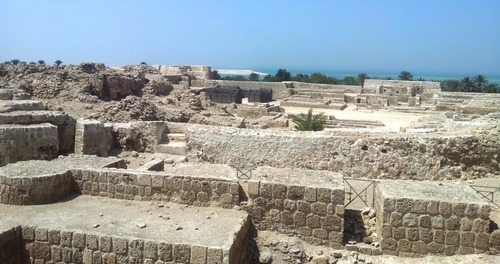Photo taken in the ruins of the city of Al Ukhdood (ancient Najran) by Abdelkarim Qassem
One of the premises of the ‘Searching for Ancient Arabia’ research project is the cultural diversity of the Arabian Peninsula; one of the research hypotheses being that this pluralism—well evident in ancient history—was smothered by subsequent narratives and historical developments, but that it could be a great asset for the future development of the Gulf region, particularly in artistic and cultural terms. Continue reading







